
Amazon Radio Equipment New Regulations 2024.12.28
Radio Equipment Directive (RED) sets the safety, electromagnetic compatibility, and radio spectrum use requirements for radio equipment placed on the EU market. It covers devices with wireless communication functions such as WiFi, LTE, 5G, Bluetooth, and GPS. The directive also now covers USB standards, including chargers, user data privacy protection, and software compatibility.
Scope and Applicability
From December 28, 2024, the common charger directive rULes will apply to handheld mobile phones, tablets, digital cameras, headphones, headsets, handheld video game consoles, portable speakers, e-readers, keyboards, MICe, portable navigation systems, and earphones. These rules will extend to laptops starting from April 28, 2026. If the radio equipment can be charged via wired charging, the common charger directive rules will apply from the aforementioned dates.
Harmonized Charging Ports
RED requires that radio equipment categories subject to the "common charger" rules be equipped with a unified charging port (USB-C). Devices with additional charging ports are not prohibited as long as the equipment also includes a USB-C port as specified in standard EN IEC 62680-1-3, which outlines various USB power options.
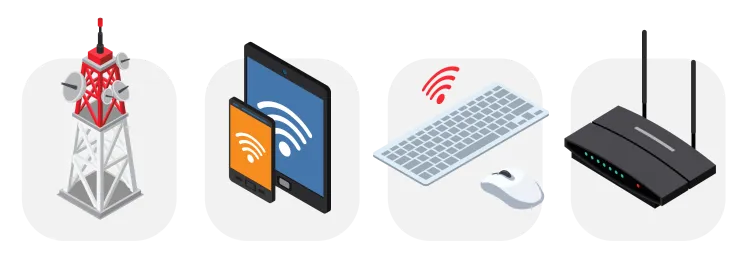
Harmonized Charging Technologies
For "standard" charging, radio equipment must support charging via cable up to 5 volts, 3 amperes, or 15 watts, as defined by USB power options in standard EN IEC 62680-1-3. For "fast" charging, if the equipment supports charging above 5 volts, 3 amperes, or 15 watts, it must (a) include USB Power Delivery (USB PD) per standard EN IEC 62680-1-2 and (b) allow full functionality of USB PD if additional charging protocols are included.
Economic operators must provide consumers the option to purchase covered radio equipment with or without charging devices (external power supplies). Therefore, consumers do not need to purchase a new charging device when buying new electronic devices.
Operators must ensure that information about whether the device includes a charger is displayed graphically and in a user-friendly and accessible format.
Product Range
The Radio Equipment Directive covers radio equipment, defined as electronic products intended to emit and receive radio waves or accessories that allow communication by emitting and receiving radio waves.
Examples of Products
The directive covers most radio equipment, including:
- Mobile phones
- Laptops
- Radar systems
- Broadcasting equipment
- Fitness devices
- Smartwatches
- Routers
- Radio transceivers
- Devices with Wi-Fi, Bluetooth, or GPS functionality
Exemptions
Annex I of the Radio Equipment Directive lists products that are not covered, such as:
- Amateur radio equipment
- Marine equipment
- Aviation equipment for airborne use
- Custom evaluation kits
Harmonized Standards
Examples of harmonized standards under the Radio Equipment Directive include:
- EN 55035 – Electromagnetic compatibility of multimedia equipment – immunity requirements
- EN 300 433 V2.1.1 – Civil band (CB) radio equipment
- EN 301 357 V2.1.1 – Wireless audio devices in the 25 MHz to 2000 MHz range
- EN 301 908-15 V15.1.1 – IMT cellular networks
- EN 303 204 V3.1.1 – Short-range devices in data networks within the 870 MHz to 876 MHz frequency range
- EN 303 348 V1.2.1 – Audio frequency induction loop drivers
Essential Requirements
The essential requirements for radio equipment under Article 3 of the directive include:
- Protection of human, pet, and property health and safety
- Adequate electromagnetic compatibility
- Efficient use of the radio spectrum to avoid harmful interference
Some categories of radio equipment must also meet the following requirements:
- Accessible USB Type-C ports
- Safeguards to protect personal data and privacy
- Features to ensure access to emergency services
Documentation
Manufacturers must provide relevant documents to authorities to prove product compliance with the directive:
1. Declaration of Conformity – Includes product type, batch/serial number, manufacturer details, and a compliance declaration.
2. Technical Documentation – Includes design concepts, circuit diagrams, test reports, and conformity certificates.
3. User Manual – Clear and understandable instructions for use, including information on bands, RF power, and charging capabilities.
4. Test Reports – Must comply with RED standards and be issued by ISO 17025-accredited laboratories.
5. EU Type Examination Certificate – Manufacturers must apply for an examination if required.
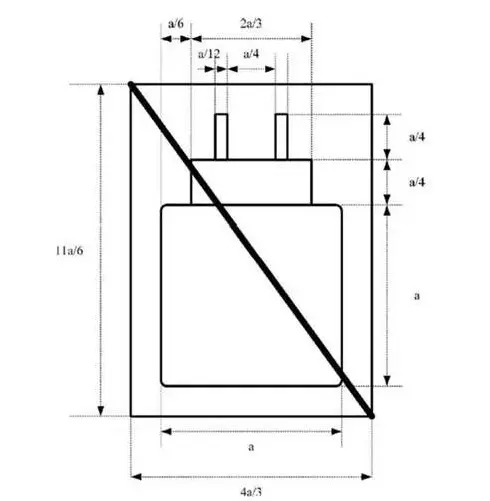
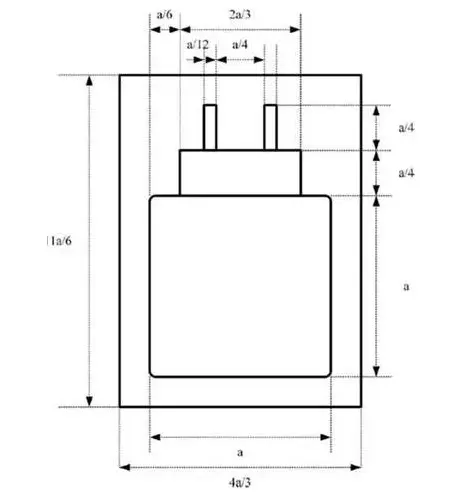
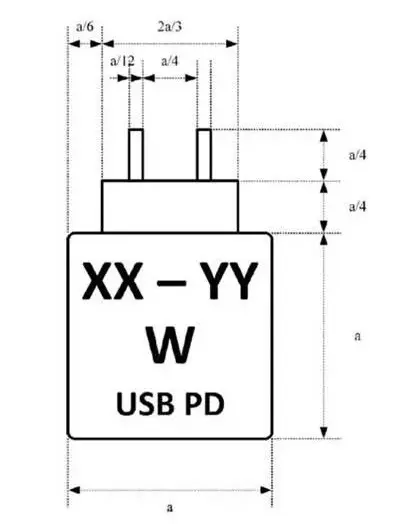
Labeling Requirements
Manufacturers and importers must ensure that products carry appropriate labels:
- ce marking – Indicates compliance with relevant EU directives, permanently affixed to the product or its packaging.
- Identification Number – For products with conformity assessment procedures performed by notified bodies, the identification number must follow the CE mark.
- Traceability Information – Includes product identification, batch or serial number, and manufacturer information. If product size or nature makes labeling difficult, this information must be placed on the packaging or accompanying documents.
- USB Type-C Labeling – Graphical icons indicating whether the device includes a charging device must be used.
Compliance Risks
Economic operators who fail to comply with the regulation will face penalties in line with the EU Product Safety Law.
Manufacturer Obligations
Manufacturers must:
- Ensure that radio equipment complies with essential requirements before being placed on the market
- Complete the relevant conformity assessment procedures
- Maintain technical documentation and EU Declaration of Conformity for 10 years after the product is marketed
- Label products with their name, batch, or serial number and provide clear user instructions in a language understandable to end users.
Manufacturers must also monitor market risks and notify authorities if non-compliant or dangerous products are found. They must cooperate with enforcement agencies when required.
Authorized Representative Obligations
An authorized representative, appointed by manufacturers, may handle certain obligations, excluding equipment design and technical documentation preparation.
FAQs
1. Does RED define a "common charger"?
No, RED does not define it but indirectly requires interoperability by mandating the use of harmonized chargers.
2. Does the common charger directive apply to all devices in Annex Ia?
Only radio equipment subject to the "common charger" rules.
3. Are devices charged via charging cases or stations excluded from the common charging solution?
No, all such devices must comply.
4. Does the common charger rule apply only to rechargeable devices?
Yes, it applies to rechargeable devices with removable or embedded batteries.
5. Are devices with removable batteries excluded if the battery is charged separately?
Yes, unless the battery can be charged while placed in the radio equipment.
6. Does the common charger rule cover devices with limited battery capacity?
Yes, the rules apply regardless of battery capacity.
7. Are devices with built-in power supplies included?
No, devices directly powered by AC are excluded.
8. Must USB PD be integrated if charging power thresholds are briefly exceeded?
No, USB PD is required only for devices rated above certain thresholds.
9. Can additional charging ports be used?
Yes, provided a harmonized USB-C port is also present.
10. What penalties apply for non-compliance?
Non-compliant products may be recalled, and penalties will apply according to national legislation.
11. What modifications prevent the sale of unsafe cables and chargers?
RED includes safety provisions, and market surveillance ensures non-compliant products are not sold.
Email:hello@jjrlab.com
Write your message here and send it to us
 Amazon ISO/IEC 17025 UL Testing Service Laboratory
Amazon ISO/IEC 17025 UL Testing Service Laboratory
 How to get CE Certification for Lighting Products?
How to get CE Certification for Lighting Products?
 CE Certification Standards & Process for Elect
CE Certification Standards & Process for Elect
 Japan METI Registration & Japanese Agent Servi
Japan METI Registration & Japanese Agent Servi
 Temperature Shock Test (IEC 60068-2-14:2009)
Temperature Shock Test (IEC 60068-2-14:2009)
 Electromagnetic Compatibility (EMC) Testing Servic
Electromagnetic Compatibility (EMC) Testing Servic
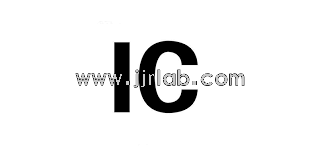 Canada ISED Certification (IC Certification) Analy
Canada ISED Certification (IC Certification) Analy
 CSA C22.2 No.42 Compliance Test Report for Amazon
CSA C22.2 No.42 Compliance Test Report for Amazon
Leave us a message
24-hour online customer service at any time to respond, so that you worry!




